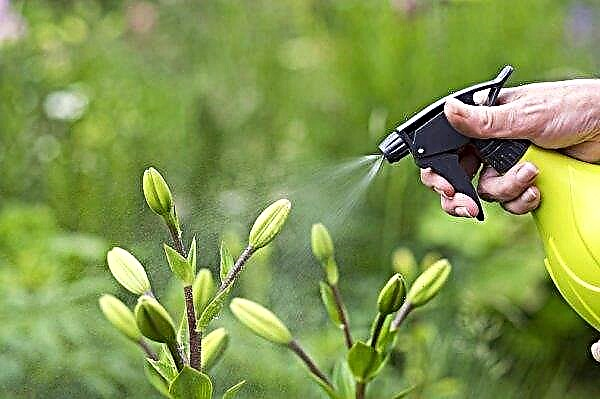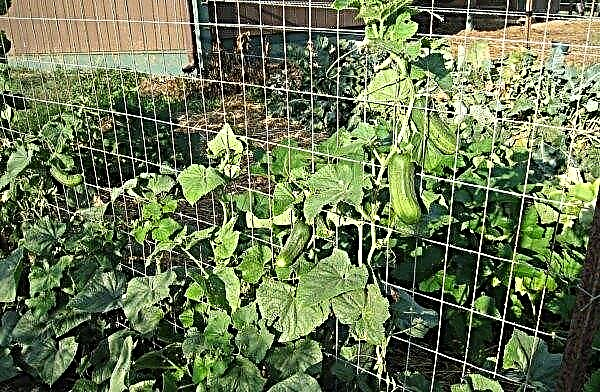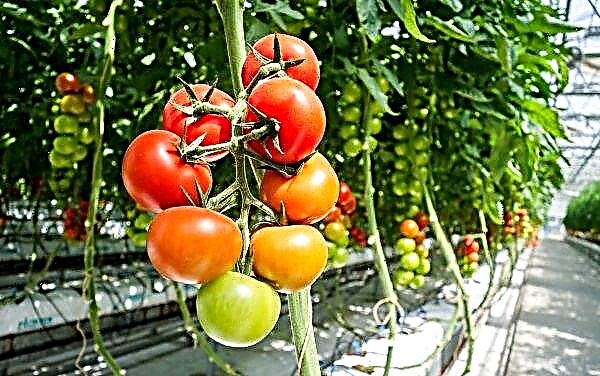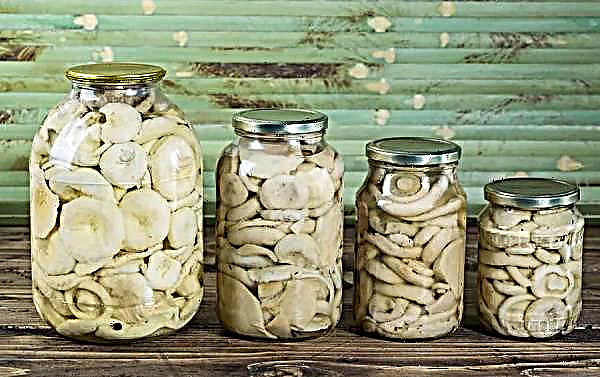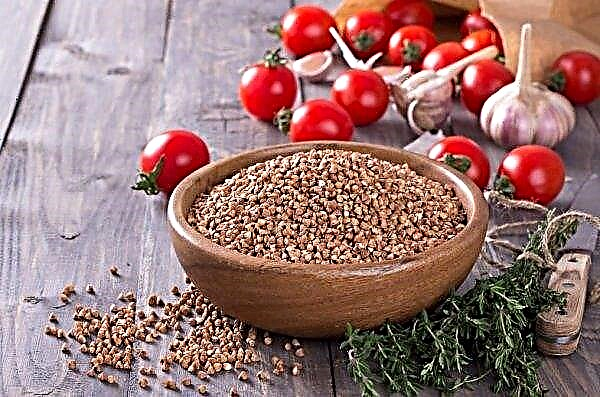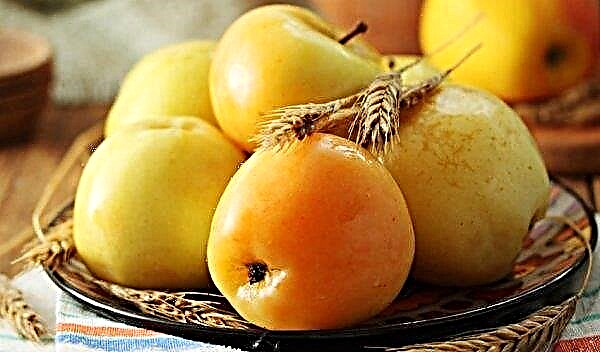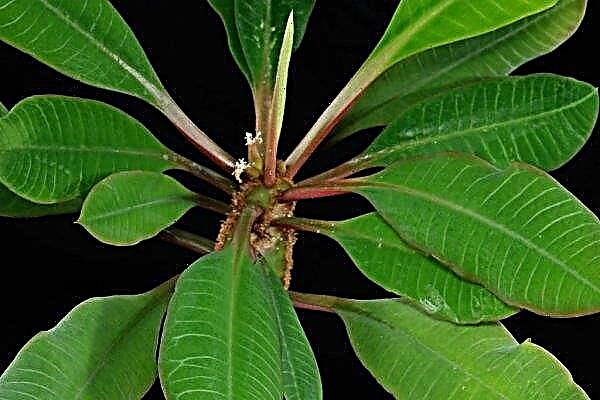In winter, the body is especially in need of additional vitamins - which is why many summer residents try to keep vegetables fresh, including root crops, as long as possible. However, carrots are a rather whimsical culture, and during prolonged storage they are often affected by a fungus, leading to decay. About how to qualitatively and for a long time keep these fruits for the winter, read below.
Important! Carrots are a source of a large number of nutrients, including vitamins A, C, K, group B, beta-carotene and many other elements. Especially valuable in winter is the vitamin A contained in it, which helps the skin tolerate severe frosts without cracks and peeling.
Advantages and disadvantages of sand storage
- This storage method has several advantages:
- sand takes excess moisture from the fruit, preventing the appearance of rot;
- the material protects root crops from excessive cold or heat;
- sand has the effect of natural conservation on carrots;
- the method provides a significant shelf life of up to 8 months.
- Among the disadvantages of the method are:
- contamination of root crops and the need for washing before further use.
- the need for time and effort, as well as storage space.
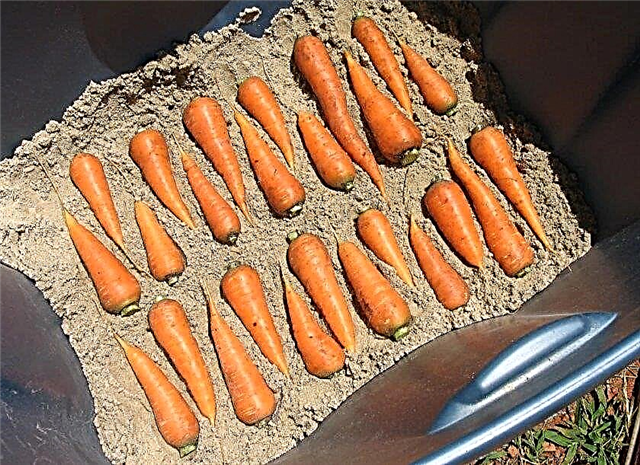 Carrots can be stored in sand in containers located in the basement, cellar or garage pit. The main thing is not to place it close to heating appliances
Carrots can be stored in sand in containers located in the basement, cellar or garage pit. The main thing is not to place it close to heating appliancesDates and technology for collecting carrots
Typically, winter ripening varieties that have a growing season of more than 120 days are used for winter storage. The use of mid-season carrots is also allowed. Harvest time depends on what the climate of the particular area was. So, in the middle lane it begins in mid-September and can continue until the end of October. To do this, choose a warm day without precipitation, since carrots taken out of the ground are slightly moist and need to be dried.
Did you know? The longest carrots were grown in Britain: its length was 5.84 m. And the heaviest — in Alaska: weighing 8.61 kg!
It is more convenient to dig it out with a pitchfork, holding onto the tops. You can also use a small spatula. You shouldn’t use much, so as not to cut the fruits - unless you dig up the soil a little and slowly pull the roots out of the tops. If individual fruits were damaged, then it is better to use them immediately, since they are poorly stored and quickly rot.
Preparing for root storage
After harvesting, the harvested crop should be laid out in the shade on the litter in one layer and dried for several hours. If the fruit is too wet, it may take up to 2-3 days. During wet rainy weather, drying should be arranged in a house or garage.
Did you know? The tops of carrots are also an edible product: many gourmets note its pleasant taste in soups, stews and salads. Also, carrot tops can be brewed like regular tea.
How to properly process the harvested carrots:
- Manually clear from the remnants of the earth. In clay soils, dried-up pieces of earth may remain on the fruits, you can not touch them.
- Select too small and damaged root crops for early use. Whole healthy specimens of medium and large size should be left for the winter.
- To avoid germination with a sharp knife, cut the tops at a height of 1-2 mm from the fruit.
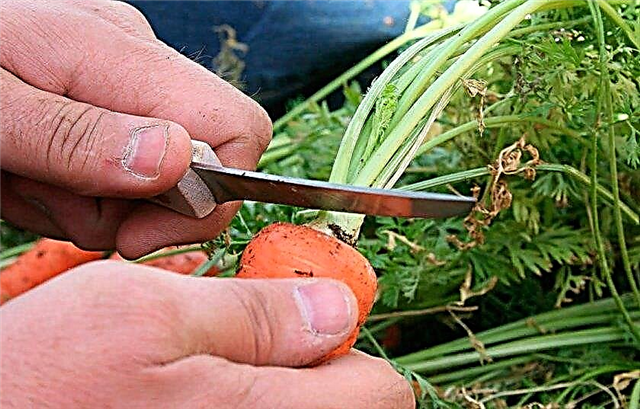 Some gardeners prefer to cut the tops 1–2 weeks before harvesting. However, this method is not too common, since it is much more convenient to extract a vegetable from the ground, holding onto the ground part of the plant
Some gardeners prefer to cut the tops 1–2 weeks before harvesting. However, this method is not too common, since it is much more convenient to extract a vegetable from the ground, holding onto the ground part of the plantPreparing space and sand for storage
You need to store carrots in a cool room with high humidity - a cellar, basement or garage pit. For this, different containers can be used - wooden boxes, containers, and even buckets. Clay or loamy sand is used as the material, its volume is assumed that 1 kg of vegetables will require about 0.5 m³ of bulk material per 1 kg of vegetables. Many gardeners are wondering: which sand to take - dry or wet.
Important! When storing carrots in a bucket, a layer of sand up to 10 cm should be poured to the bottom, where the roots should be inserted upside down and again filled with sand. With the vertical method, a little chalk can be added to the main material, which will clog the pores and stop the movement of plant juices.
Experienced summer residents are advised to use wet, but not wet material. You can check the moisture level in a simple way - by compressing the sand in a fist. The resulting lump should not crumble and water should not drip from it. This effect can be achieved if 1 liter of water is taken per 1 bucket of dry material. Dry sand should not be used, because in it the carrots will start to dry and become lethargic.
How to store the fruits:
- lay the bottom of a clean box with plastic wrap, making several holes so that the fruits "breathe";
- fill in a layer of wet sand with a thickness of 2-3 cm and place the fruits so that they do not touch each other;
- pour sand with a layer of about 10 cm and lay out a layer of carrots again;
- alternate layers until the container is full, cover the box with a lid.
Video: how to store carrots in a cellar in the sand
Shelf life of carrots in the sand
Under properly organized conditions, the shelf life of the root crop in the sand is 6–8 months. Significantly extend it (up to 12 months) will allow periodic sorting of the crop with the removal of damaged specimens and cutting off overgrown tops. Since small root crops dry out faster, it is better to use them first.
Thus, following all the recommendations, you can achieve minimal yield losses and enjoy fresh, strong and sweet carrots almost before the new summer season, saturating your body with valuable vitamins and minerals.




